After years of building and sailing open camp-cruiser sailboats, my wife, Anne, and I had become less enchanted with crawling around under a tent at anchor. We were also noticing that over the course of our 30 years of sailing, conditions had changed: Canadian summers were hotter and midday winds were undeniably stronger. Spending time in our smaller open boats was no longer the simple, easy fun it once was and, while it might be hard to admit, we were no longer two sprightly 30-year-olds. It was time to look for a bigger boat.Gunkholers at heart, we didn’t want to give up sailing in the shallows. So, we were not looking for a fixed-keel boat. We were looking for a boat that could stay on a home mooring most of the time, but we still wanted to be able to trailer it for short trips away. Finally, we wanted a boat with a low-aspect rig and a comfortable cabin. Distinctly British in appearance with its wide lapstrake planking, straight stem, mild tumblehome, and traditional gaff-cutter rig, the Cape Henry 21 is nevertheless all-American as its title—it was named after the headland at the southern end of the mouth of Chesapeake Bay.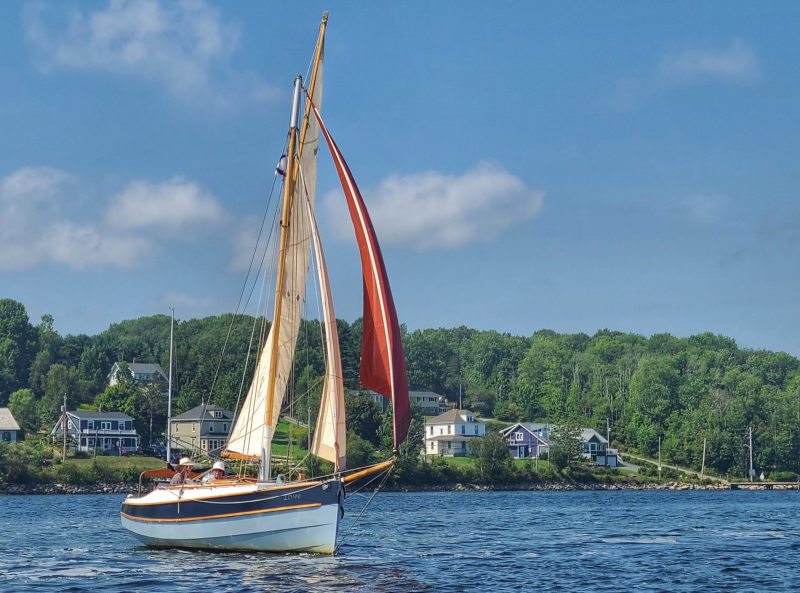 Matt Singer
Matt Singer
Join The Conversation
We welcome your comments about this article. If you’d like to include a photo or a video with your comment, please email the file or link.



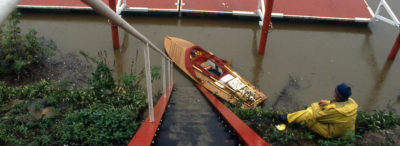
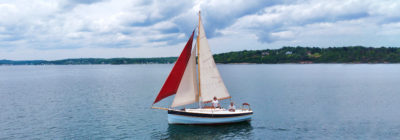

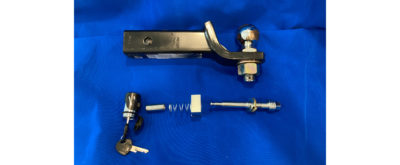
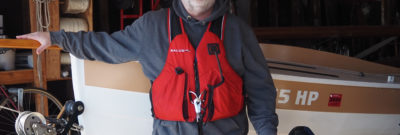

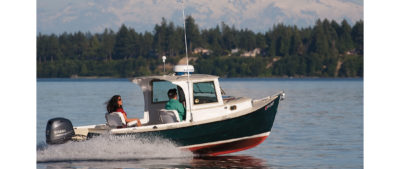

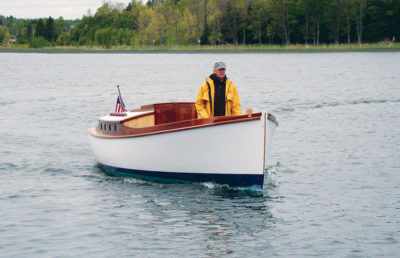

Having followed Mr. Clark’s other writings and photos, I’m wondering if the editors of SBM could encourage Mr. Clark to do an article about Elvee’s hand-made hardware. It’s the perfect addition to a magnificent boat.
Beautiful little craft. It is clear that you have taken great care in designing the interior for an enjoyable cruising experience.
From the photo it appears that your outboard is an ePropulsion Spirit 1.0. At a nominal 3 hp this is half the horsepower recommended by the designer. As I am building a boat of comparable displacement I would be very interested in hearing more about your experience with this motor.
Andrew
Andrew, this is another reader here, not the owner of this lovely craft….
I have the same motor on my Swallow boats in the UK. It pushes the short gunter rigged 20′ Bayraider well, even in a moderate headwind.
The same is not true when it is on my larger 23′ Baycruiser with its much taller fixed sloop rig, and a little more windage on the topsides and cabin.
Basically, it is a motor suited to moving larger boats in a calm, but not for getting home up a river to windward on an ebb tide.
I sail both my boats 99% of the time so it works for me. I plan to switch it out for my 6hp 4-stroke when cruising tidal coastal waters on the Baycruiser.
Mark, your experience gives me confidence that this motor will be satisfactory for my needs.
Although the boat I’m building has a displacement of about 1800 pounds, it is an 18′ balanced lug yawl with a low-profile hull.
Nice-looking boat, well fit out. A lot of thoughtful design and outfitting in those photos. Thanks for sharing the knowledge.
Cheers
Clark and Skipper